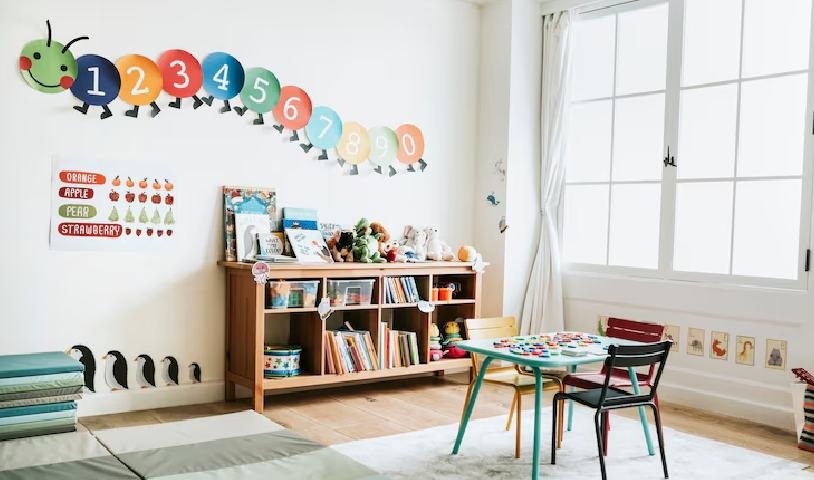Why the Prepared Environment is the Heart of Montessori
Walk into a Montessori classroom and you’ll immediately notice something different. The space feels calm, beautiful, and thoughtfully arranged. Everything seems to have a purpose—and that’s no accident. In the Montessori method, the prepared environment isn’t just a backdrop; it’s at the very heart of how children learn and grow.
But what exactly is a prepared environment, and why is it so essential? Let’s explore.
What is a Prepared Environment?
A prepared environment is a carefully designed learning space tailored to meet the developmental needs of children. It includes:
- Child-sized furniture to promote independence
- Hands-on learning materials displayed neatly on low shelves
- Organized areas for different activities (practical life, math, language, etc.)
- Natural light and calm colors to create a peaceful, focused atmosphere
- Every item in the space is chosen with intention—to spark curiosity, build skills, and support self-directed learning.
Why It Matters So Much in Montessori?
1. Promotes Independence
In a Montessori environment, everything is designed so children can do things for themselves—choose activities, clean up, and even serve their own snacks. This builds confidence and a sense of responsibility from an early age.
2. Encourages Concentration
Cluttered, chaotic spaces can be overwhelming. A Montessori classroom is tidy, quiet, and orderly—helping children focus, stay calm, and engage deeply in their work.
3. Supports Freedom Within Limits
Children are free to move around and choose their own activities, but the environment sets clear boundaries. Materials have a place, and children learn to respect their space and each other.
4. Facilitates Self-Directed Learning
Montessori materials are placed on open shelves so children can access them easily. Each material is designed to teach a specific concept, allowing children to learn by doing—and to correct their own mistakes without adult intervention.
5. Fosters a Sense of Belonging
Because the classroom is designed for them, children feel comfortable and at home. This sense of ownership helps them feel more invested in their learning and more connected to their peers.
How It Differs From Traditional Classrooms
In traditional education, the classroom is often designed for the teacher’s convenience—with desks in rows, materials out of reach, and a heavy focus on teacher-led instruction. In contrast, the Montessori environment is designed around the child—their size, needs, interests, and growth.
Final Thoughts
The prepared environment is more than just a pretty classroom—it’s a living, breathing part of the Montessori philosophy. It empowers children to be independent, focused, and joyful learners. By creating a space that respects and supports each child’s development, Montessori educators help lay the foundation for a lifetime of confident, purposeful learning.
Whether you’re considering Montessori for your child or simply want to apply its principles at home, start by observing your child’s environment. Is it helping them grow—or holding them back?


Comments are closed